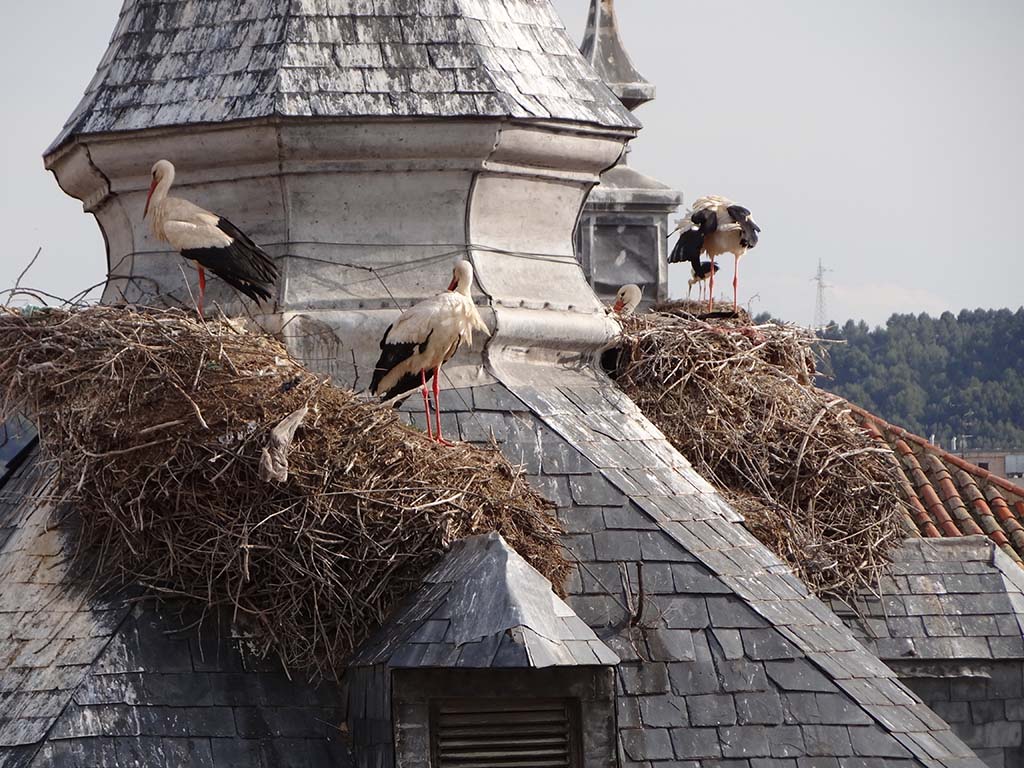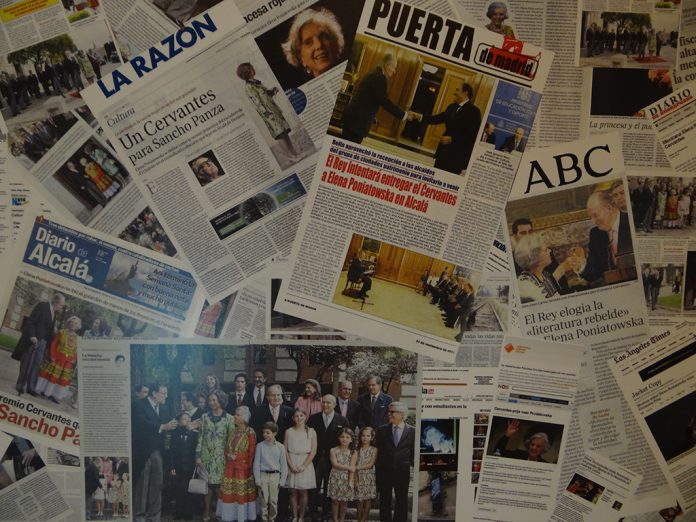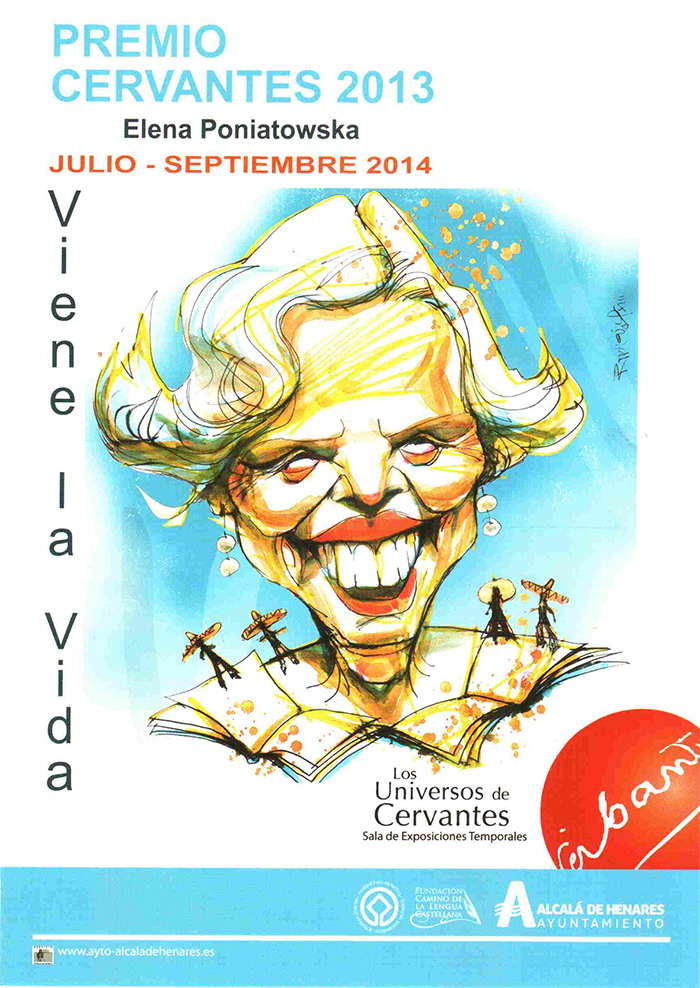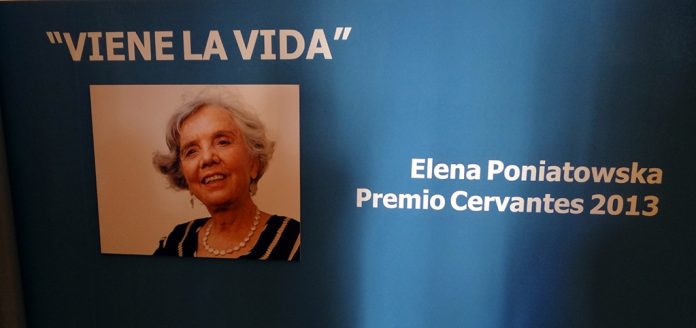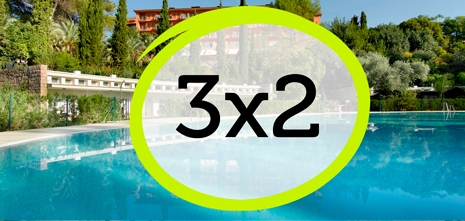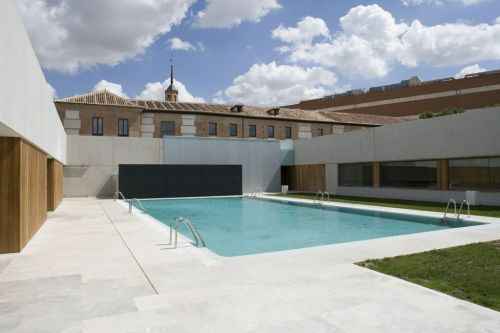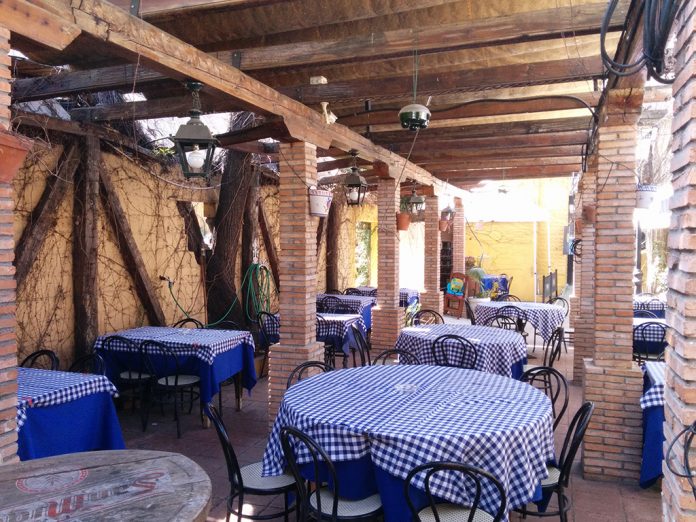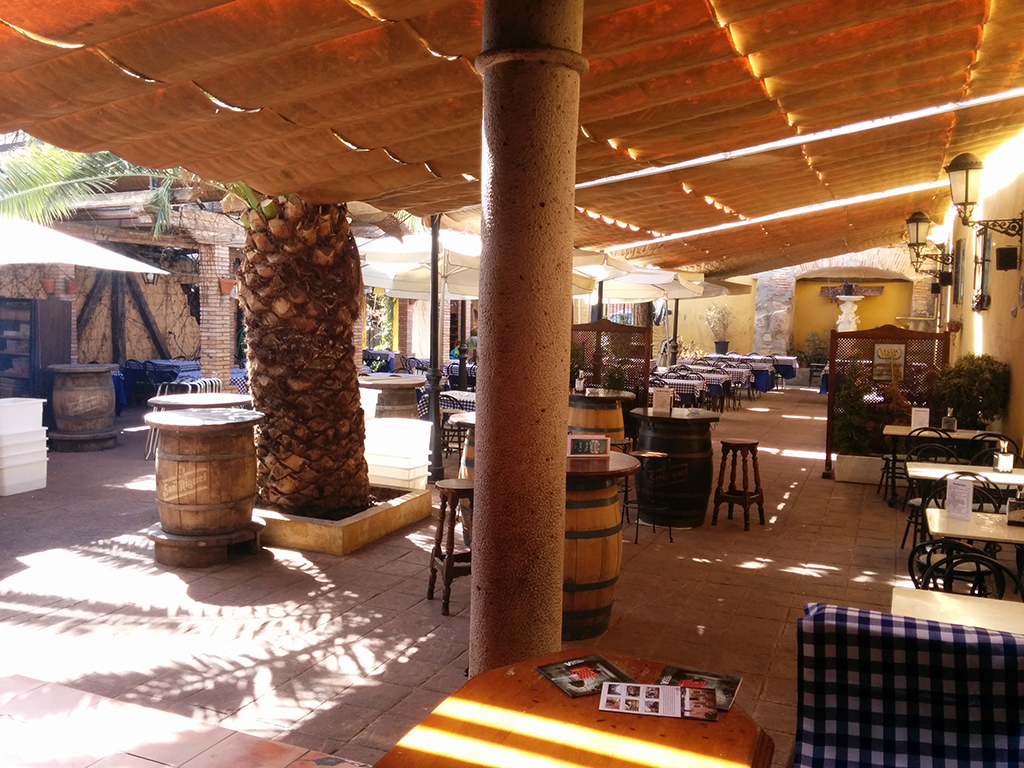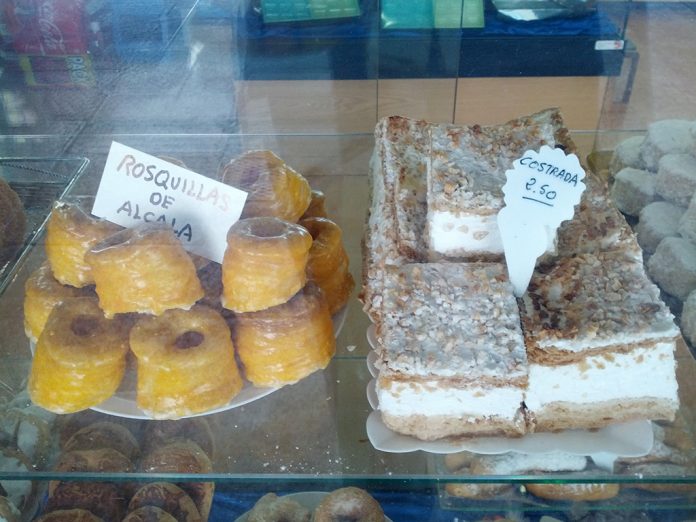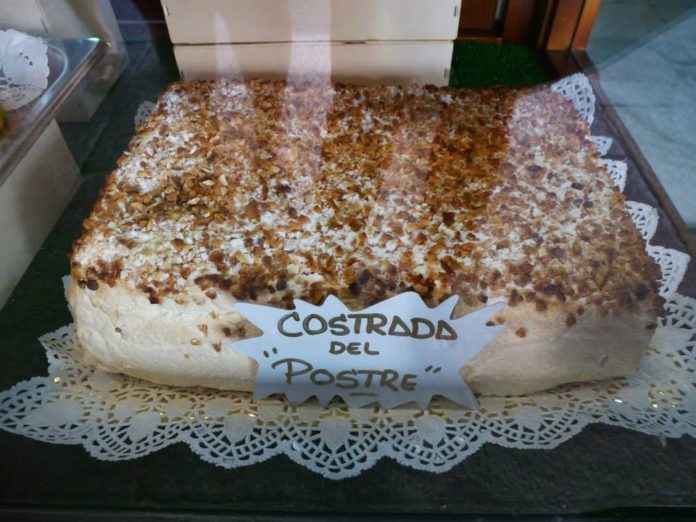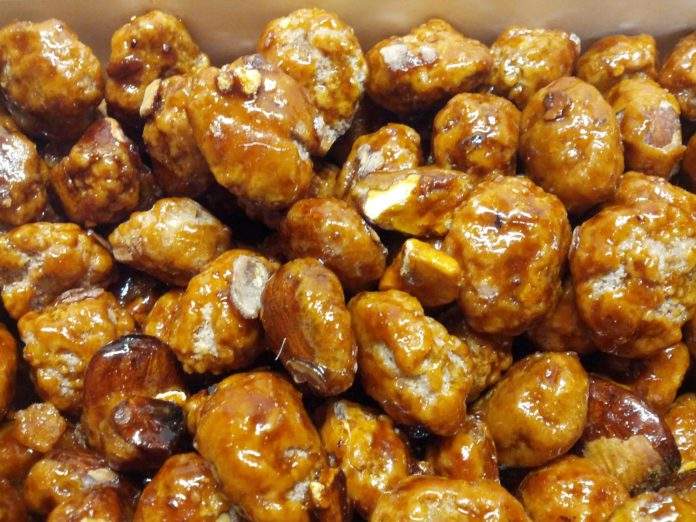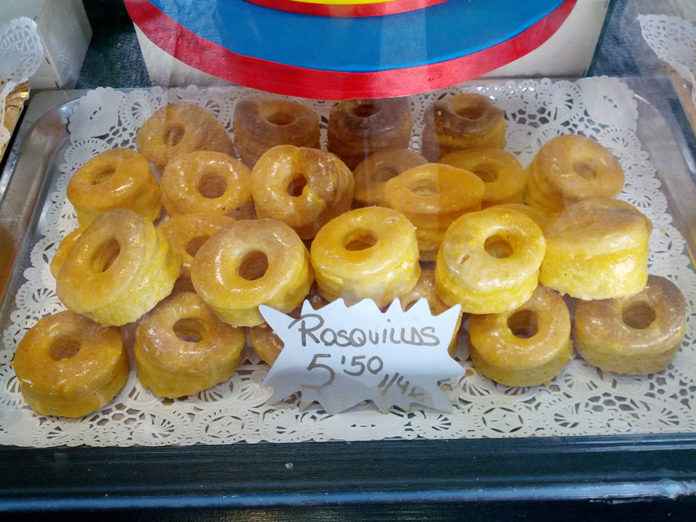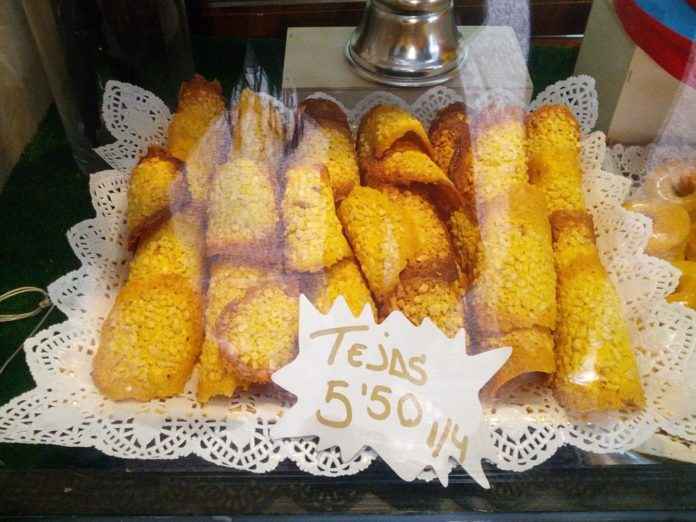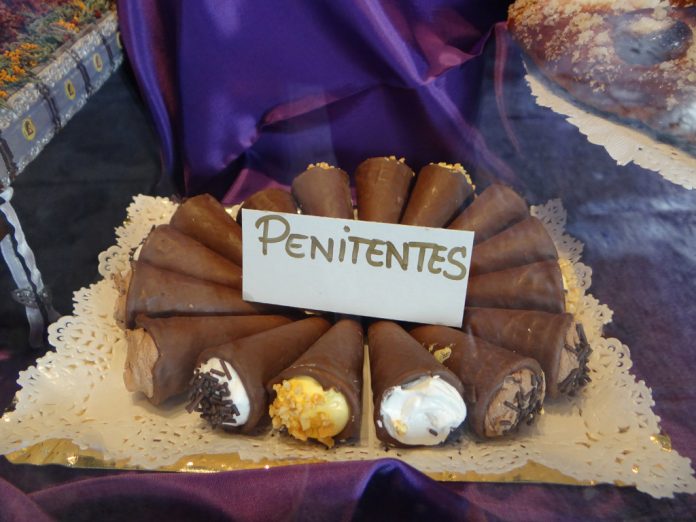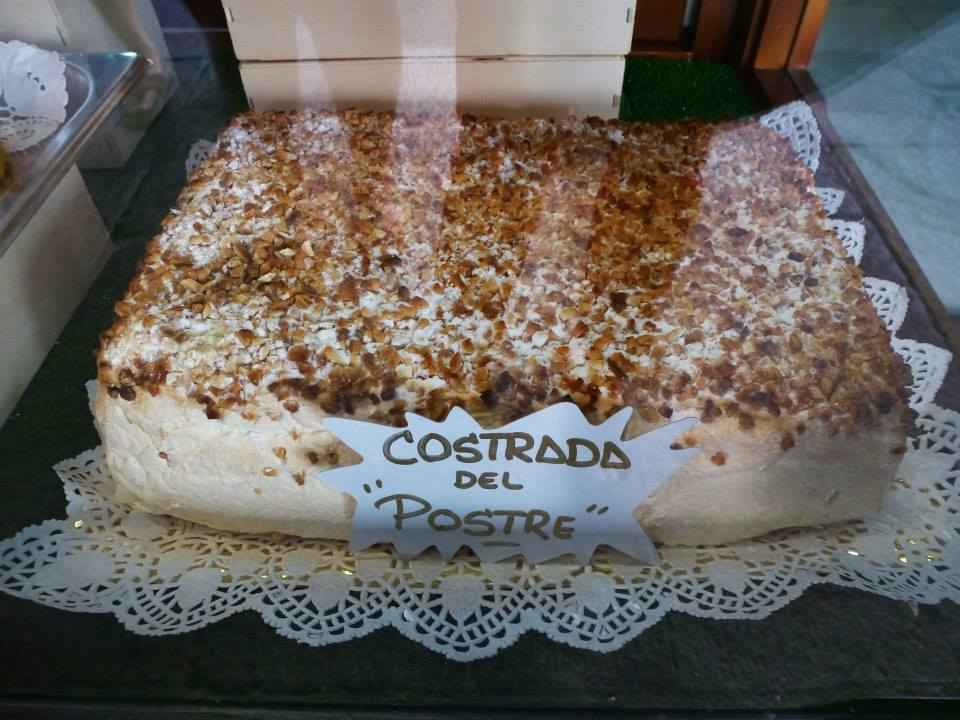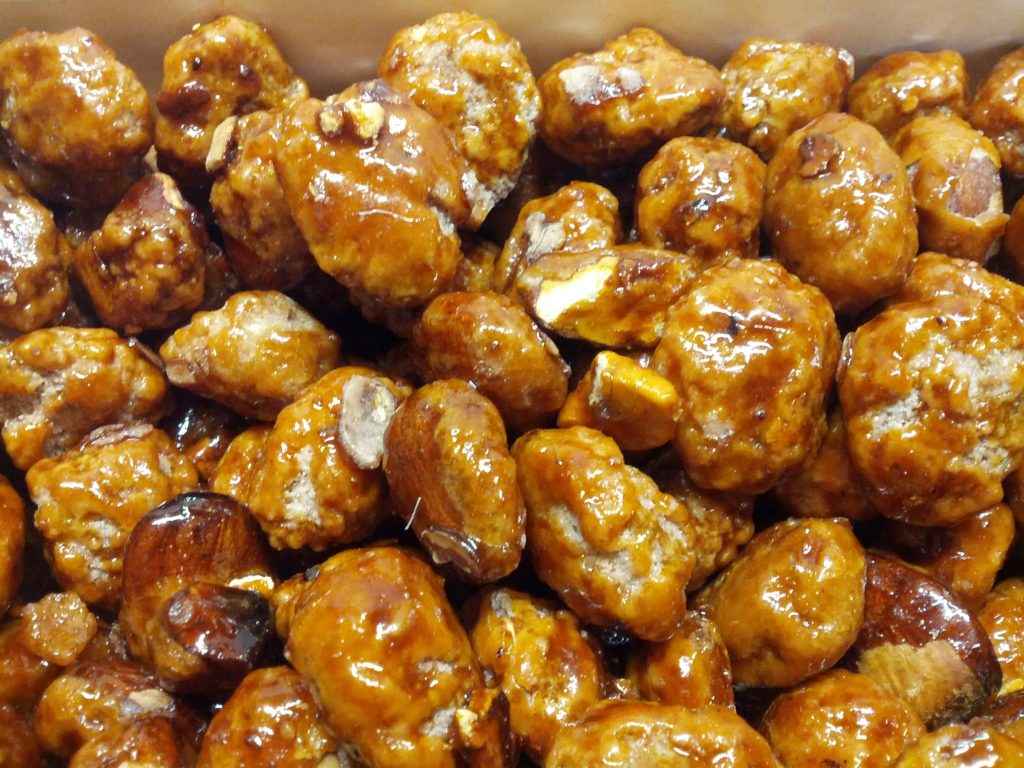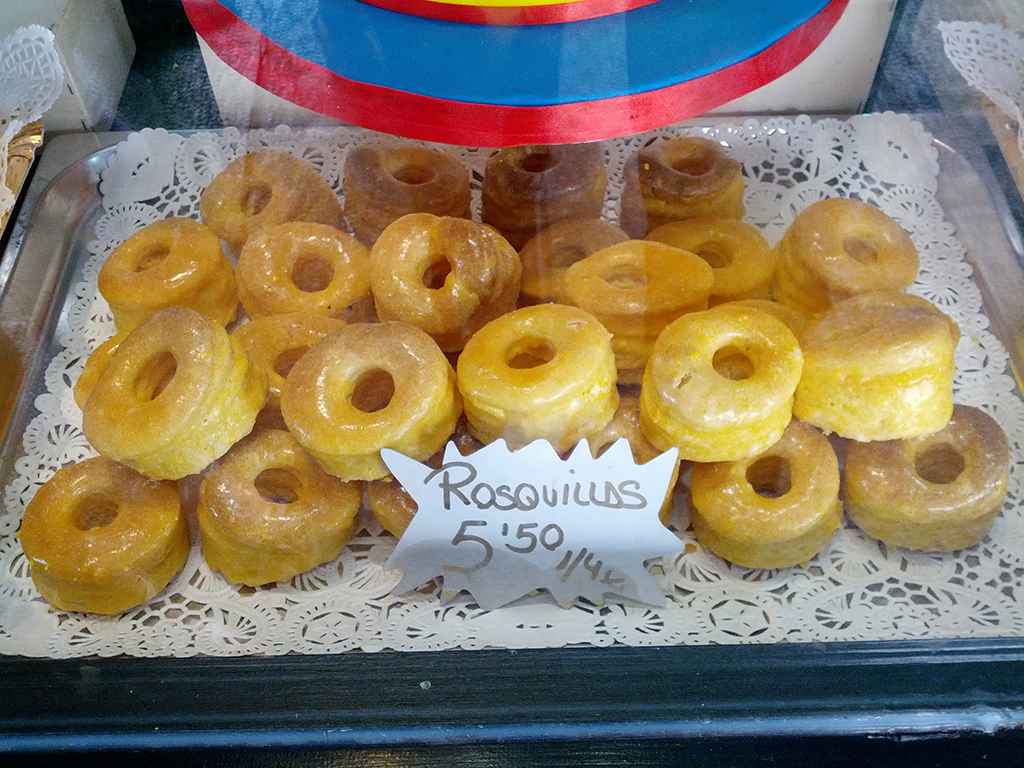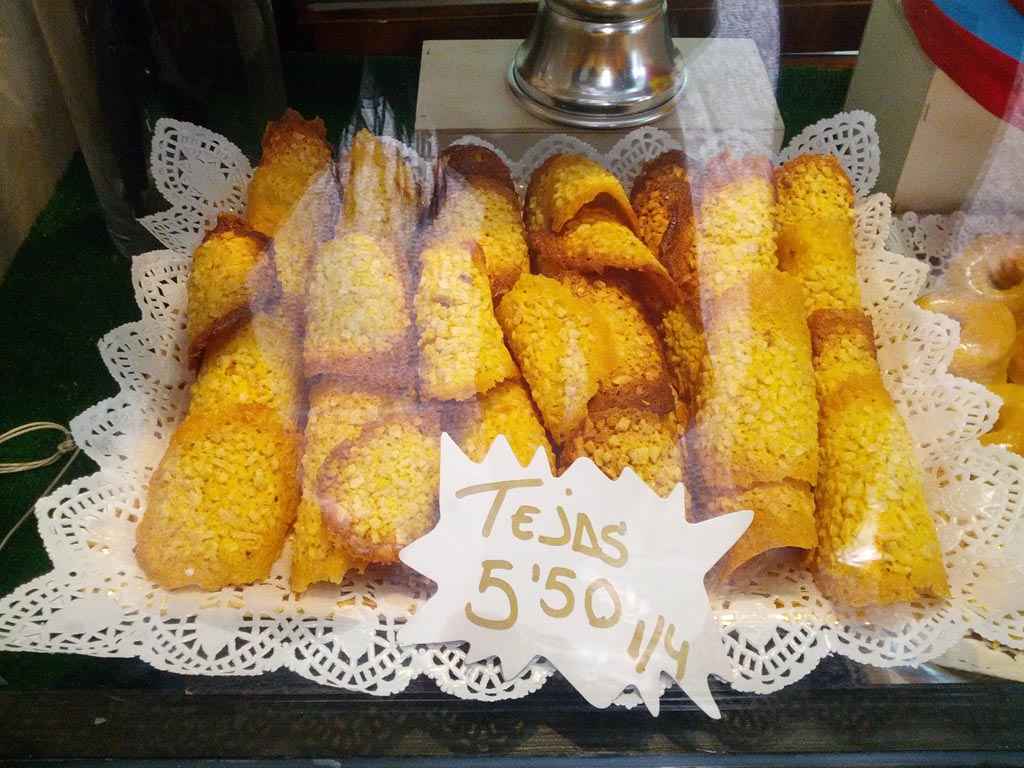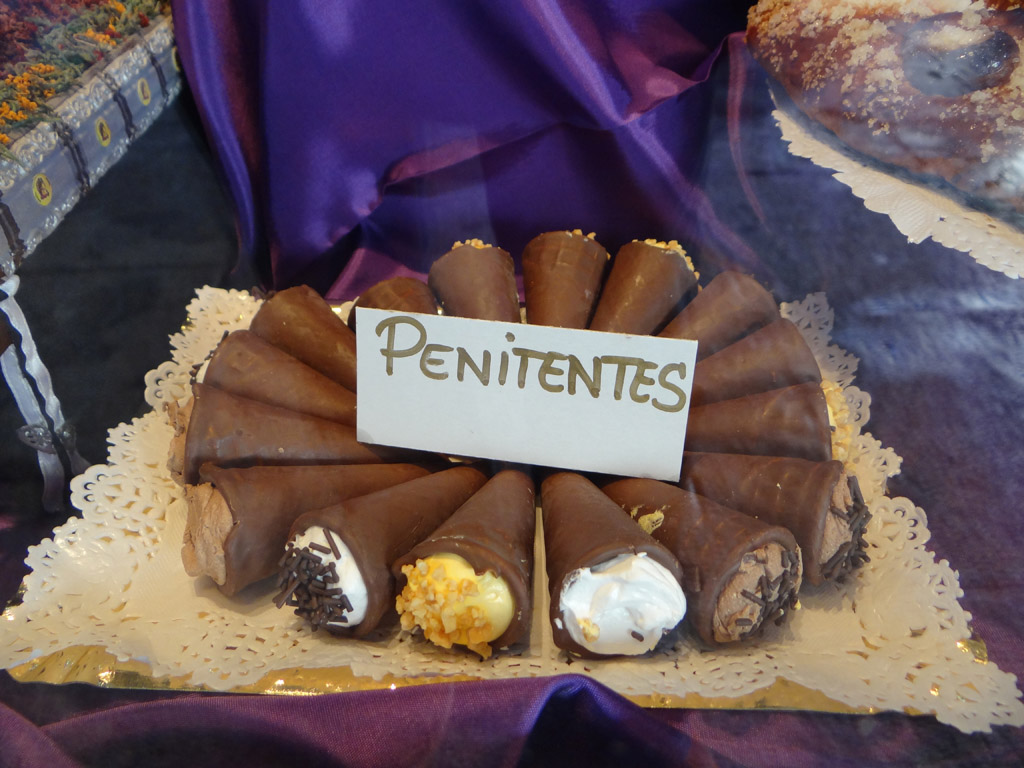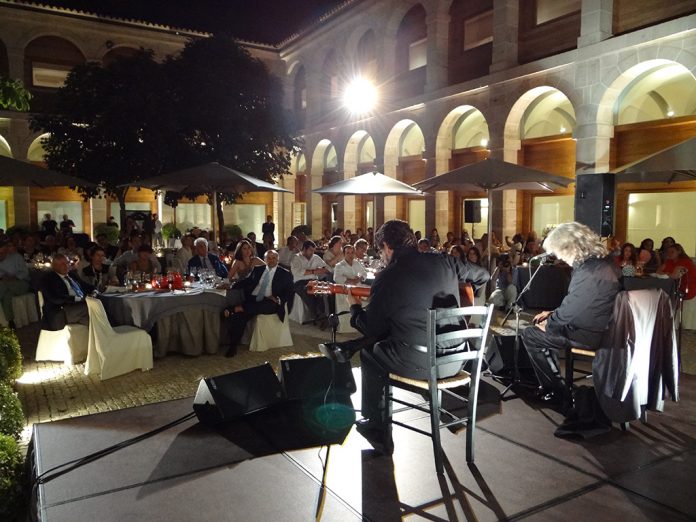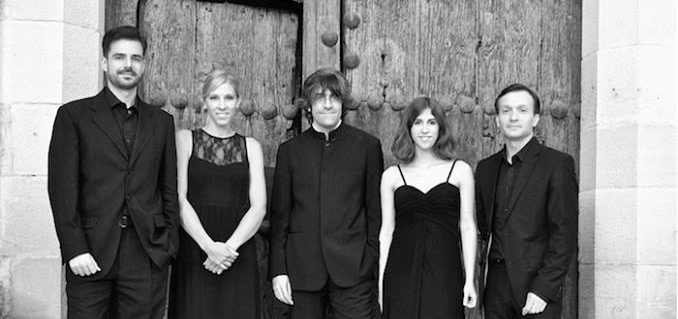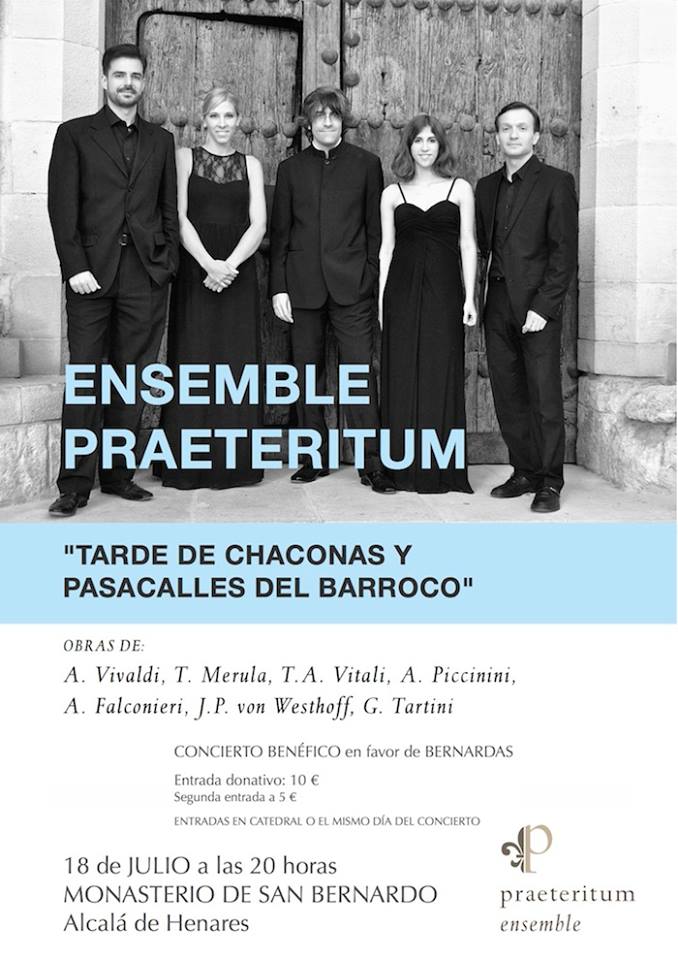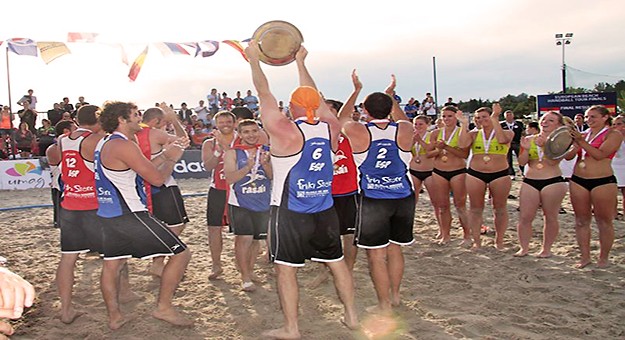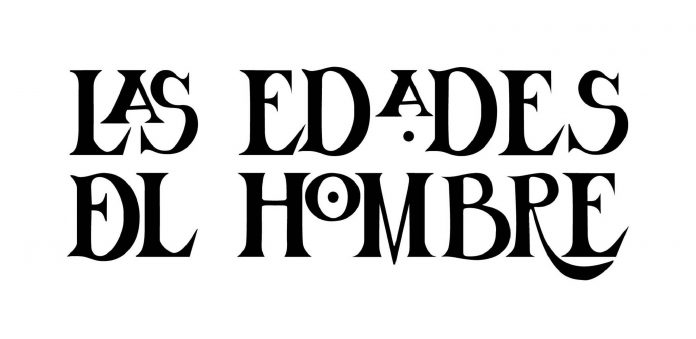El Parador de Alcalá de Henares ha sido nominado finalista a los Premios a la Iniciativa Hotelera en la sección de Gastronomía.
Ya se conocen los nominados a los Premios a la Iniciativa Hotelera de 2014 en sus 14 categorías. Tras varios meses de recepción de candidaturas y la correspondiente votación entre el jurado, 56 hoteles, cadenas o instituciones turísticas optan a la escultura del diseñador Domènec Fita, que se entregará en una cena que se celebrará en el Barcelona Roca Gallery el próximo 16 de octubre.
El jurado de los Premios a la Iniciativa Hotelera está compuesto por: Enrique Curt, presidente-fundador de Curt Ediciones; Miguel Ángel Almodóvar, crítico gastronómico; Domènec Biosca, presidente de la Asociación de Expertos en Empresas Turísticas; Álvaro Carrillo de Albornoz, director general del Instituto Tecnológico Hotelero; Laura Curt, directora de la X Convocatoria de los Premios a la Iniciativa Hotelera; Ascensión Durán, miembro de honor de OPC España; Joan Molas, presidente de la Confederación Española de Hoteles y Alojamientos Turísticos (CEHAT); Jesús Nuño de la Rosa, director general de Viajes El Corte Inglés; José Ángel Preciados, director general de Confortel Hoteles; Lázaro Rosa-Violán, diseñador y director de Contemporain Studio; Xavier Torrar, Brand & Communication director de Roca; y Sergio y Javier Torres, chefs ejecutivos del restaurante Dos Cielos del Hotel Meliá Sky Barcelona.
Los Premios a la Iniciativa Hotelera, que se organizaron por primera vez en 1993, se caracterizan por rendir un merecido homenaje a hoteles y hoteleros por su aportación a un sector en constante movimiento, y que se renueva y sorprende continuamente. De esta forma, la consecución de uno de estos galardones constituye un enorme prestigio para aquellos que trabajan por mejorar un mercado como el turístico, que es el principal motor de la economía española y del cual también forma parte Gran Hotel Turismo. Los ganadores de cada categoría obtendrán una escultora del artista gerundense Domènec Fita.
Los Premios a la Iniciativa Hotelera cuentan con el patrocinio de Roca, y la colaboración de Amenities Pack Novotecnic, Solsegur, Vermut Miró y Viajes El Corte Inglés.
Los nominados de 2014 son:
ARQUITECTURA
• Cava Hotel Mastinell – Vilafranca del Penedès (Barcelona)
• Eurostars Rio Douro Hotel – Castelo de Paiva (Portugal)
• NH Ribera de Manzanares – Madrid
• Room Mate Aitana – Ámsterdam (Holanda)
REHABILITACIÓN
• Gran Hotel Nagari Boutique & Spa – Vigo (Pontevedra)
• Marbella Club Golf Resort – Marbella (Málaga)
• Only You Hotel & Lounge Madrid – Madrid
• Parador de Turismo de Corias – Corias (Asturias)
REMODELACIÓN
• Innside Madrid Suecia – Madrid
• Majestic Hotel & Spa – Barcelona
• Sol Wave House – Magaluf (Mallorca)
• Ushuaïa Ibiza Beach Hotel – Playa d’en Bossa (Ibiza)
VACACIONAL
• AC Baqueira Ski Resort – Baqueira (Lleida)
• Gran Hotel Elba Estepona & Thalasso Spa – Estepona (Málaga)
• Jumeirah Port Soller Hotel & Spa – Port de Sóller (Mallorca)
• Meliá Palacio de Isora – Guía de Isora (Tenerife)
GASTRONOMÍA
• Abac Restaurante Hotel – Barcelona
• Hotel Jardines de Uleta Suites – Vitoria-Gasteiz (Álava)
• Hesperia Madrid – Madrid
• Parador de Alcalá de Henares – Alcalá de Henares (Madrid)
CONGRESOS Y CONVENCIONES
• Ayre Hotel Oviedo – Oviedo
• Barceló Montecastillo Golf & Sports Resort – Jerez de la Frontera (Cádiz)
• NH Collection Eurobuilding – Madrid
• W Barcelona – Barcelona
SALUD
• Gran Hotel Las Caldas Villa Termal – Las Caldas (Asturias)
• Hotel Termas Marina El Palasiet – Benicàssim (Castellón)
• Thalasia Costa de Murcia – San Pedro del Pinatar (Murcia)
• Villa Padierna Palace Hotel – Marbella (Málaga)
RURAL
• Can Lluc Boutique Country Hotel & Villas – Sant Rafel (Ibiza)
• El Covento de Mave – Santa María de Mave (Palencia)
• Hacienda Hotel El Santiscal – Arcos de la Frontera (Cádiz)
• La Malcontenta Hotel – Palamós (Girona)
URBANO
• Gran Hotel Nagari Boutique & Spa – Vigo (Pontevedra)
• Gran Meliá Fénix – Madrid
• Only You Hotel & Lounge Madrid – Madrid
• W Barcelona – Barcelona
SINGULAR
• Cava Hotel Mastinell – Vilafranca del Penedès (Barcelona)
• Hotel Casa Fuster – Barcelona
• Hotel Marqués de Riscal – Elciego (Álava)
• Mercer Hotel Barcelona – Barcelona
MEJOR EQUIPAMIENTO TECNOLÓGICO
• Gran Hotel Nagari Boutique & Spa – Vigo (Pontevedra)
• NH Collection Eurobuilding – Madrid
• Royal Passeig de Gràcia Hotel – Barcelona
• Ushuaïa Ibiza Beach Hotel – Playa d’en Bossa (Ibiza)
MEJOR ESTRATEGIA EN CONTENIDOS DIGITALES
• Hotel Bécquer – Sevilla
• Meliá Hotels International
• Room Mate Hotels
• Ushuaïa Ibiza Beach Hotel – Playa d’en Bossa (Ibiza)
CADENA
• H10 Hotels
• Hoteles Elba
• Paradores
• Room Mate
PROMOCIÓN TURÍSTICA
• Costa Brava Pirineu de Girona
• Euskadi Basque Country
• Turisme de Catalunya
• Turismo de La Rioja
Fuente y más información:


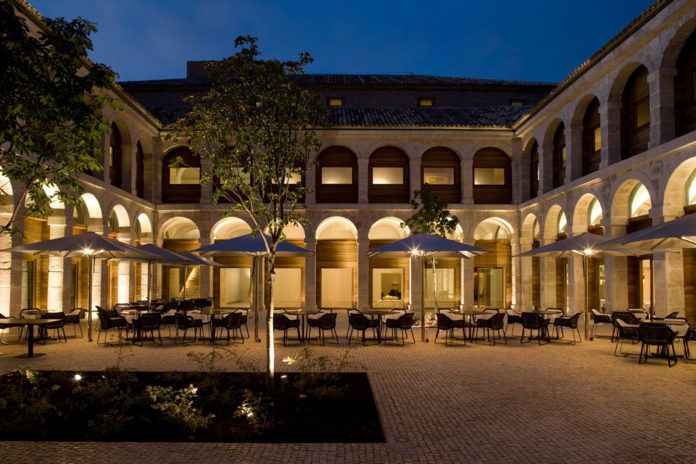
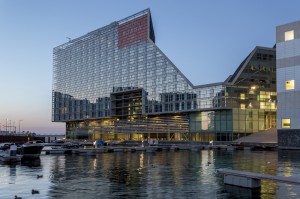
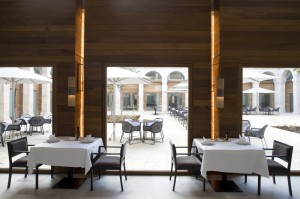
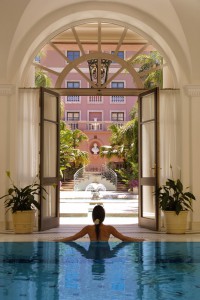
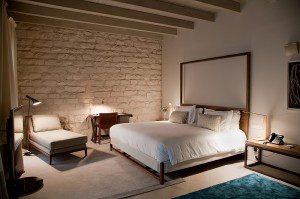
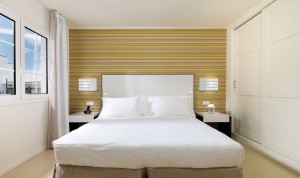
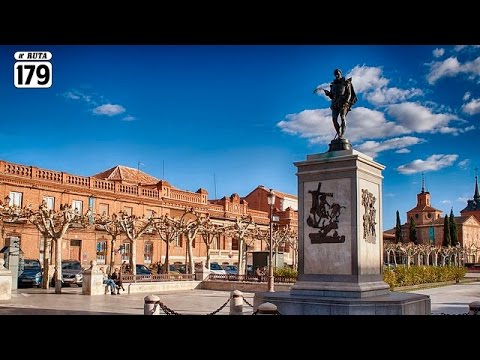
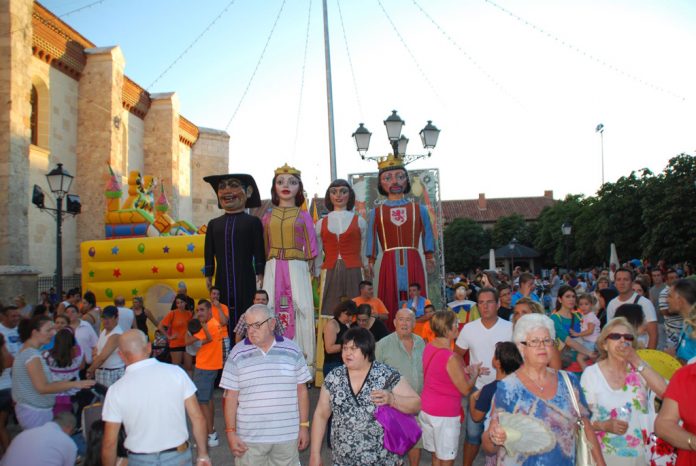
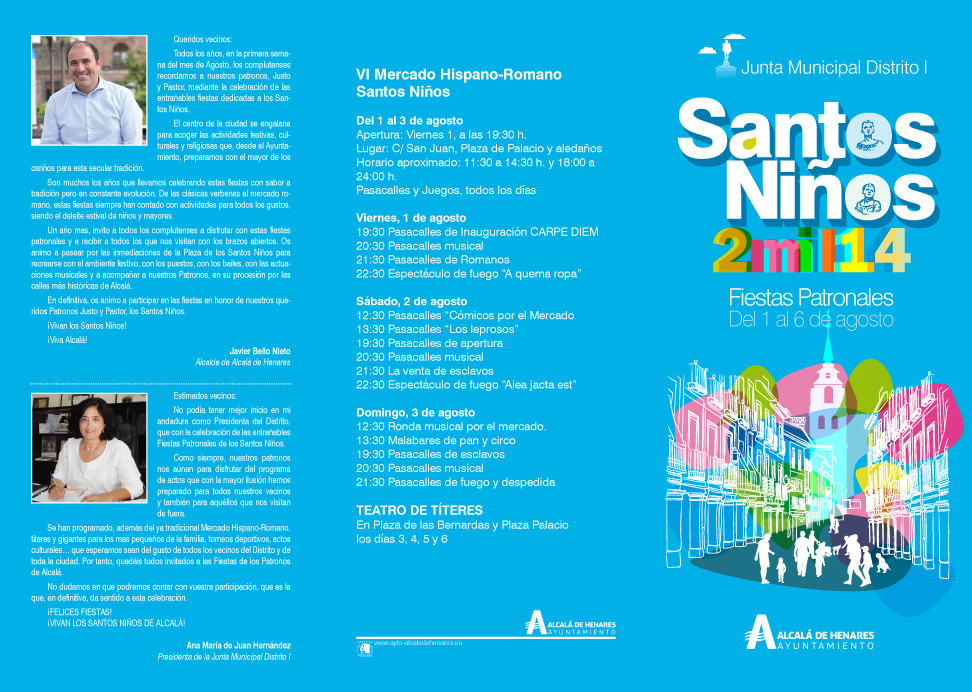
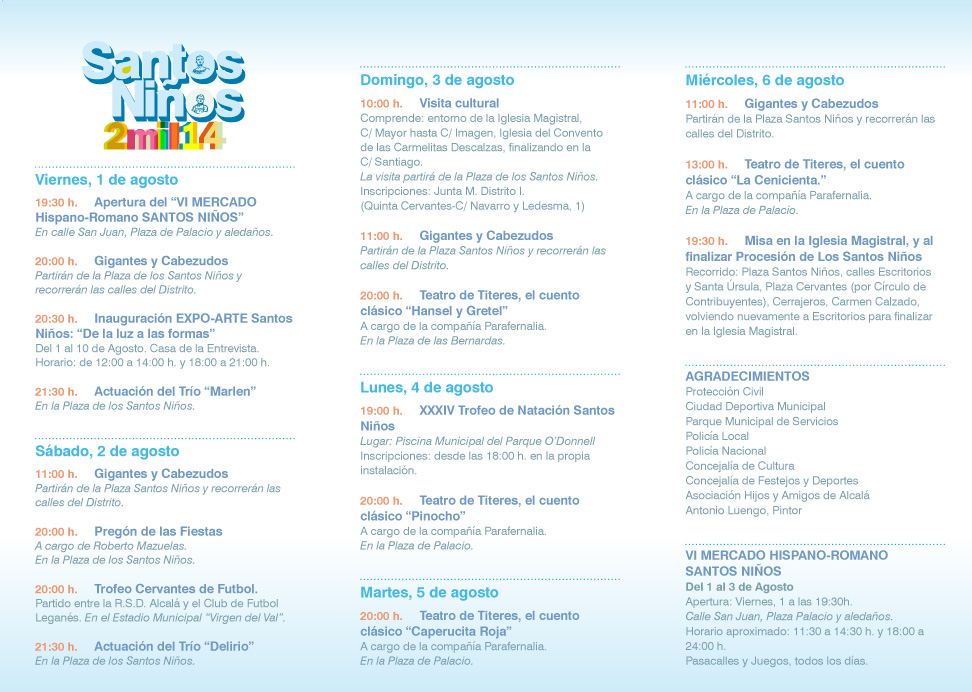
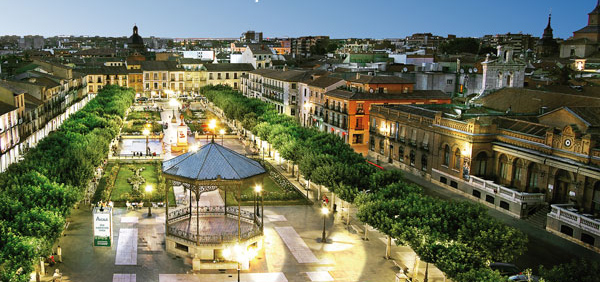
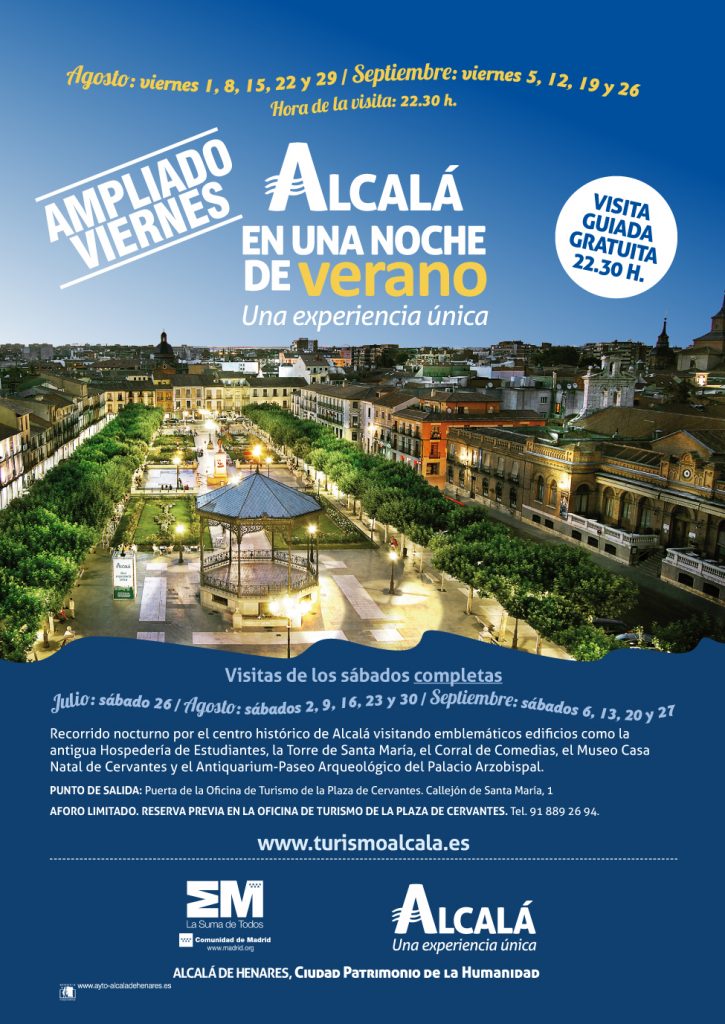
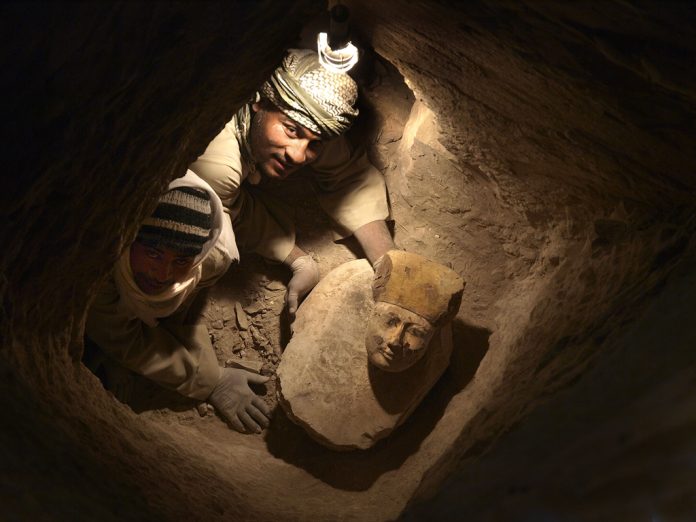
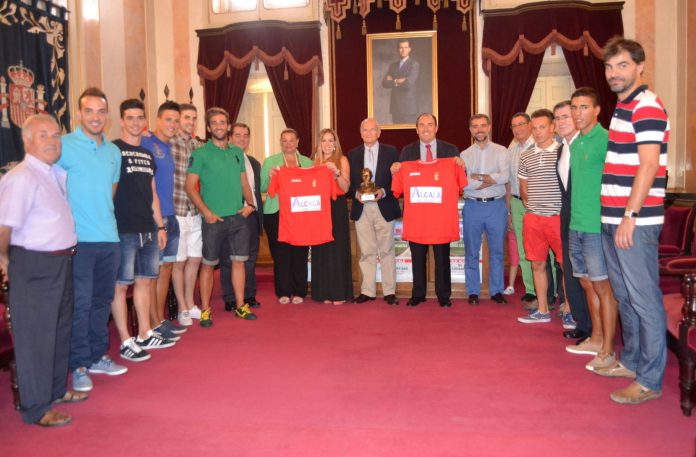
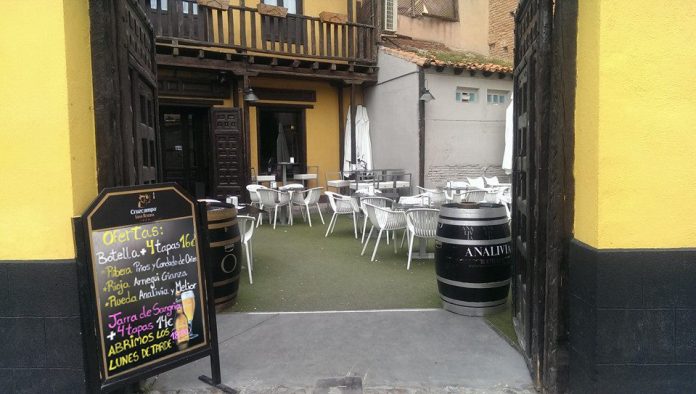
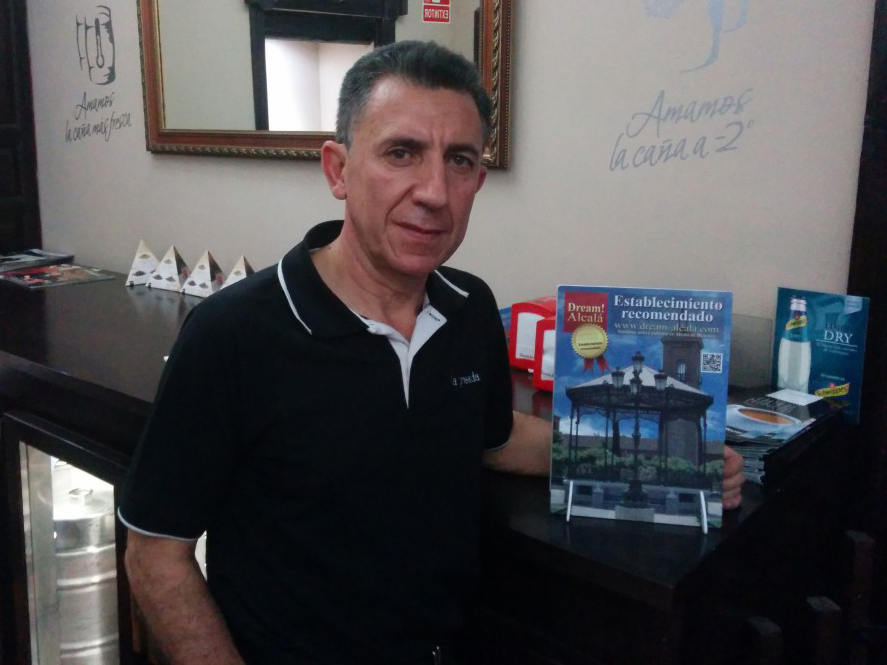
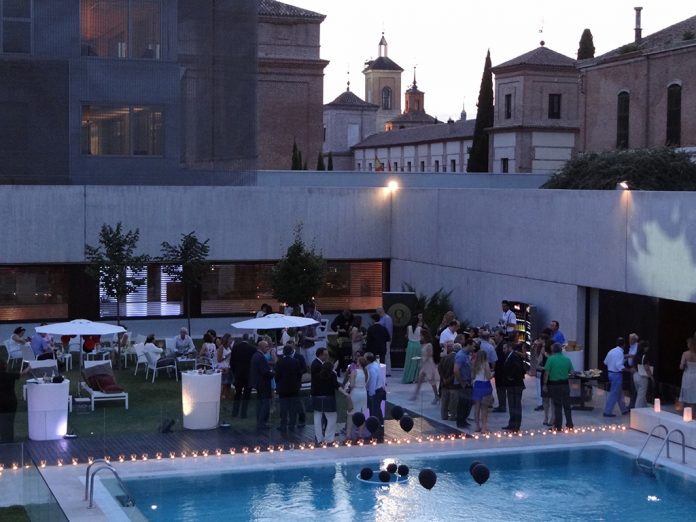
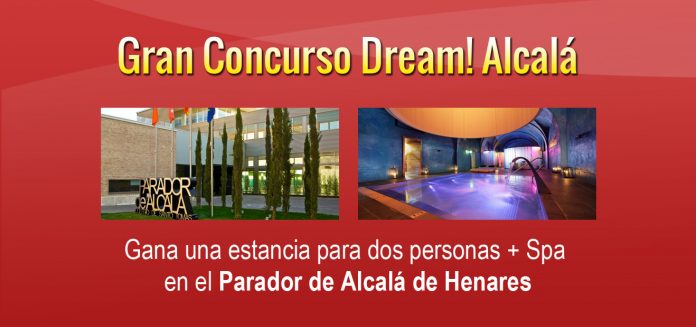
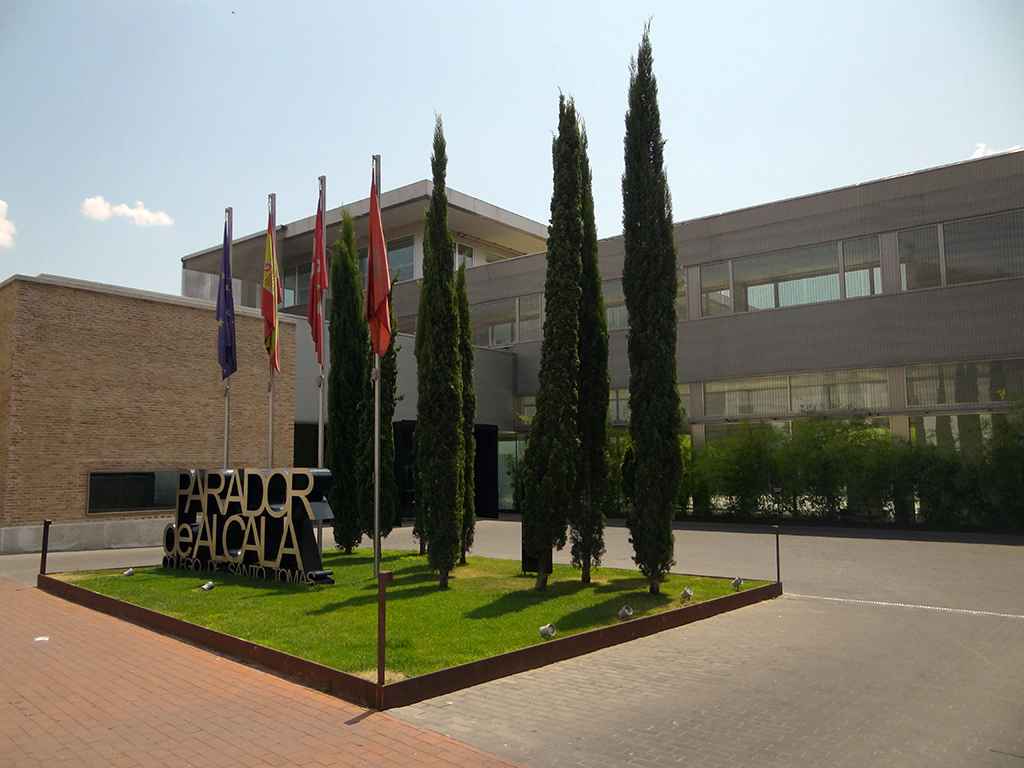 El
El 